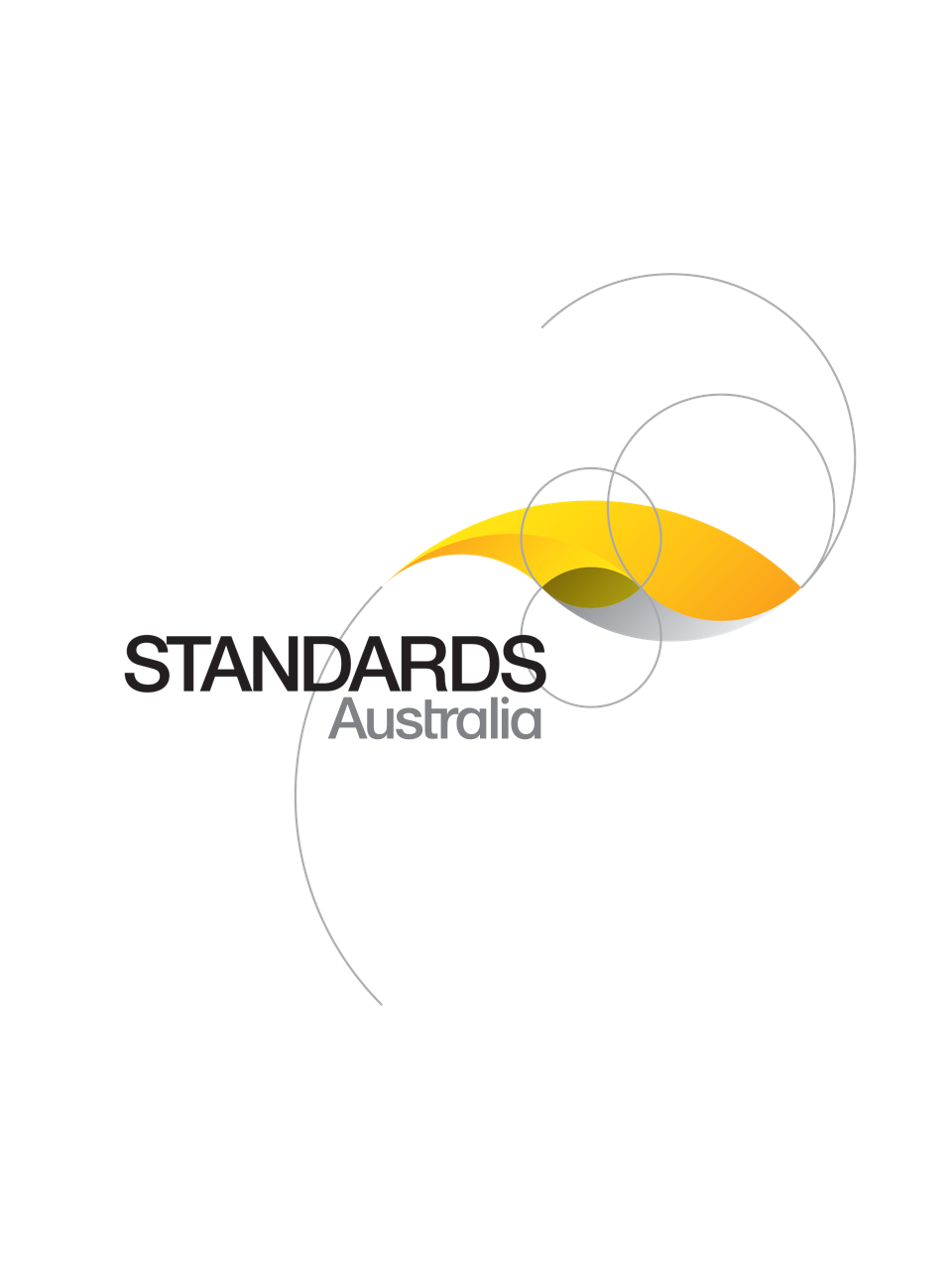Standard
Track updates
AS/NZS 1680.5:2012
[Current]Interior and workplace lighting, Part 5: Outdoor workplace lighting
Sets out general principles and recommendations for the permanent lighting of exterior workplaces.
Published: 28/05/2012
Pages: 31
Table of contents
Cited references
Content history
Table of contents
Header
About this publication
Preface
1 Scope and general
1.1 Scope
1.2 Objective
1.3 Referenced documents
1.4 Definitions
2 General objectives of good outdoor lighting
2.1 General
2.2 The importance of quality outdoor workplace lighting
2.3 Objectives of an outdoor lighting system
2.3.1 Outline
2.3.2 Specific considerations
2.3.2.1 Safety
2.3.2.2 Performance of physical tasks
2.3.2.3 General visual environment
2.4 Other considerations
2.5 Daylight and electric light
3 Task visibility
3.1 General
3.2 Visibility and visual performance
3.2.1 General
3.2.2 Critical detail
3.3 Luminances in the visual field
3.3.1 Adaptation luminance
3.3.2 Adaptation level
3.3.3 Luminance ratios
3.3.4 Luminance and illuminance
3.4 The effects of illuminance
3.4.1 General working planes
3.4.2 Influence of illuminance on task performance
3.4.2.1 General
3.4.2.2 Importance of the visual component
3.4.2.3 Difficulties associated with the visual component
3.5 Recommended illuminances
3.5.1 Classification of tasks
3.5.2 Recommended illuminances for specific outdoor tasks
3.5.3 Recommended illuminances for general outdoor tasks
3.5.4 Recommended illuminances for outdoor circulation tasks
3.5.5 Compliance
3.6 Maintenance of illuminance
3.7 Uniformity of illuminance
3.7.1 General considerations
3.7.2 General outdoor lighting systems
3.7.3 Specific outdoor task lighting
3.7.4 Outdoor circulation tasks
3.7.5 Combinations of general and specific outdoor task lighting
3.7.6 Adjacent spaces
3.8 Further considerations for task characteristics
3.8.1 Matt tasks
3.8.2 Specular tasks
3.8.3 Gloss tasks and the luminance factor
3.8.4 Surrounds
3.9 Departures from the recommended maintained illuminances
4 Directional effects of lighting
4.1 General considerations
4.1.1 Introduction
4.1.2 Primary considerations and secondary effects
4.2 Modelling and shadows
5 Unwanted reflections
6 Surfaces
6.1 Colour for identification and safety
6.1.1 Basic principles
6.1.2 Standard safety colours
6.1.3 Colour for identification
6.2 Avoiding distracting patterns
7 Luminaire colour
8 Glare and related effects
8.1 Glare rating system for general outdoor tasks
8.1.1 General
8.1.2 Application
8.1.3 Calculation exemption
8.1.4 Compliance
8.2 Transient adaptation effects
8.3 Obtrusive effects of outdoor lighting
9 Light sources, luminaires and control systems
9.1 General
9.2 Interruptions to supply
9.3 Stroboscopic effects
10 Lighting systems
11 Lighting design procedure
11.1 General
11.2 Design compliance
11.3 Installation compliance
11.4 Ongoing compliance
12 Maintenance of lighting systems and equipment
Appendix A
Appendix B
B1 Introduction
B2 Calculation of light technical parameters
B2.1 Illuminance for specific outdoor tasks
B2.2 Illuminance for general outdoor tasks
B2.3 Illuminance for outdoor circulation tasks
B2.4 Final light technical parameter value
Appendix C
Cited references in this standard
CIE 112
Glare evaluation system for use within outdoor sports and area lighting
CIE 129
Guide for lighting exterior work areas
[Current]
Lighting for roads and public spaces, Part 1.1: Vehicular traffic (Category V) lighting - Performance and design requirements
AS(/NZS) 1680.4
Interior and workplace lighting (series), Part 4: Maintenance of electric lighting systems
Content history
DR AS/NZS 1680.5
One-time Purchase
Access via web browser on any device
One-time purchase
Single publication
Offline access via PDF^
$149.01 AUD
Inclusive of GSTFormat *
Web Reader
Licenses *
1 License (for yourself - not shareable)
Total$149.01 AUD
IMPORTANT
